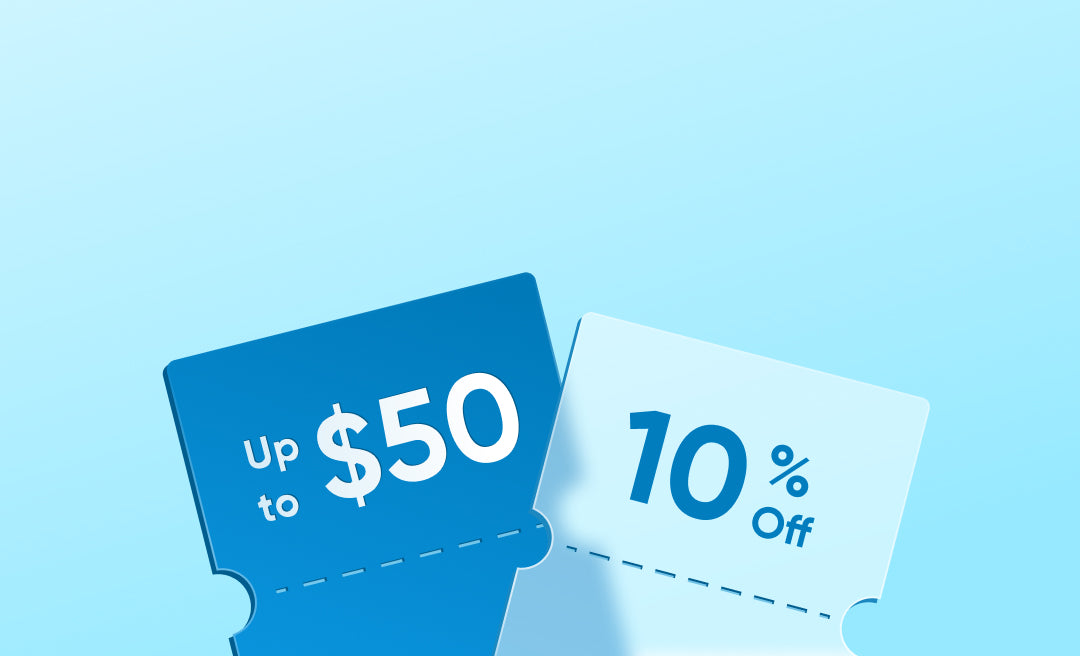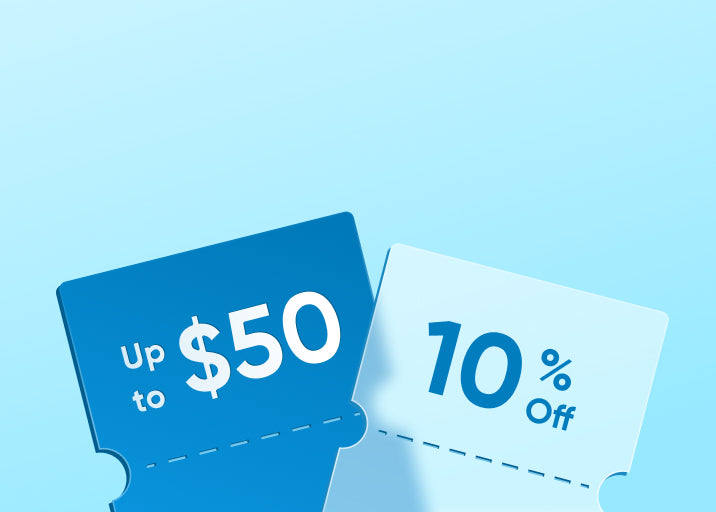Just like breastfeeding, using a breast pump should be an easy and smooth process. However, most women feel breast pain after pumping. Incorrect usage of breast pumps can lead to pain and can damage breasts or nipples. Using breast pumps correctly not only prevents issues but also helps in removing the milk more efficiently. Whether you pump occasionally for back up or use the pump multiple times in a day, understanding common mistakes and avoiding them can help prevent breast injury and pain.
Common Causes of Breast Pain After Pumping
There are different factors that can be responsible for breast hurt after pumping. We have listed some of the common causes for this irritation.
Incorrect Flange Size or Improper Pump Fit
Flanges are the horn-shaped breast shields placed over the areola while pumping. Now, using the incorrect flange size can have a drastic impact on the comfort level as well as the output during and after your pumping session, thereby leaving your breast sore after pumping. Breast pumps often only come with two flanges sizes. When you buy your pump, you are normally given an average-sized flange. But as you know, one size is not suitable for everyone’s breasts and areolas. You need to look up your pump brand online and order a flange size that suits you.
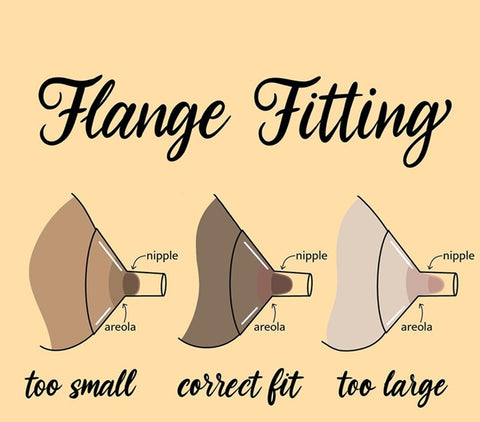
Engorgement or Oversupply Issues
If you experience nipple pain after pumping, chances are high that your breasts are engorged. Let us know a bit more about engorgement. Once your transitional milk comes in on about the 3rd or 4th day after birth, your breasts grow larger and heavier as they fill with fluid. This is a sign that your breasts are filling up with milk. However, it causes pain & swelling and can flatten your nipples, making them unable to move freely in the pump.
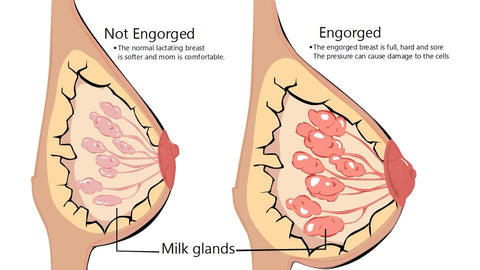
Incorrect Pumping Technique or Settings
If your nipple hurts after pumping, the pump setting can be the culprit behind this. It is normally recommended that you turn the suction to the setting that is well suited for to you. Ensure that there must be no pain associated with pump suction. Using a suction strength that is painful might inhibit you from releasing as much milk while pumping.
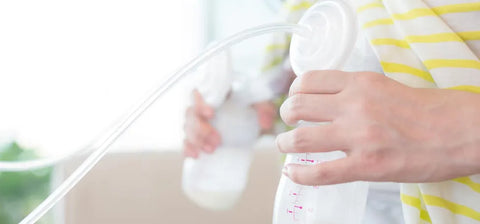
Mastitis or Other Breast Infections
Breastfeeding women are most likely to get mastitis, a type of breast infections, which can cause breast pain during pumping. Such types of infections can occur in the breast tissue and often need treatment by a medical professional. If you feel you are suffering from a possible breast infection, stop pumping and feeding your baby the affected milk and get in touch with your doctor.
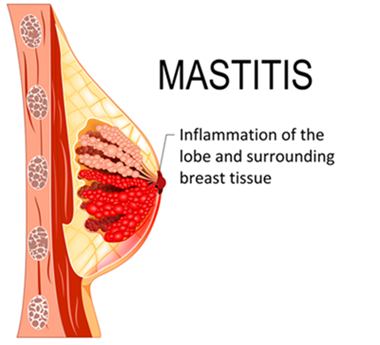
Damaged or Irritated Nipples
If you feel pain that is burning, stabbing, or feels like pins and needles, then these might be signs of breast tissue damage from pumping. You might also notice your nipples turning white, then red or blue. Tender, chafed, or sore nipples can develop into cracks or open wounds, thereby causing breast pain while pumping.
How to Address Painful Pumping: Effective Solutions
While there are many reasons contributing to pain in breast when pumping, you can try the below solution to get some relief.
- Place the flange on your breast before a pumping session to ensure it fits correctly. It must create a seal by covering your areola and nipple, and the tunnel of the flange must fit over your nipple, leaving about 3–5mm of extra circumference around it.
- Speaking about the breast pump settings, increase the suction gradually after your breasts have started to leak milk. If you feel pain while breast pumping, lower the suction a bit.
- To deal with engorgement, avoid pumping often and keep it under 8–12 times in a day.
- Mastitis is a breast infection that might be from plugged ducts or damaged nipples. A proper and clean washing of hands before touching pump equipment or breasts is recommended.
- Also, massaging your breast and nipple after pumpingcan cause relief and lessen skin sensitivity as well as build elasticity. Massaging before pumping can increase the milk flow as well.
- Choose a smarter, more comfortable breast pump. The eufy wearable breast pump S1 Pro is a game-changer for addressing painful pumping experiences. With HeatFlow™ technology, revel in revolutionary comfort reminiscent of your baby's embrace, effectively reducing clogged ducts and enhancing milk flow and output. Crafted with 105° angle flanges and soft silicone, the pump prioritizes your comfort during each session, ensuring a gentle and snug fit.

Tips in Preventing Breast Pain After Pumping
Try these tips to prevent or treat breast pain after pumping.
- Rubbing breast milk on nipples and applying warm compresses has claimed to help lower the pain and ease soreness.
- Apply cold packs or moist, cool cloths to your breasts for almost 20 minutes post pumping to get relief from the pain.
- If you have cracked nipples due to pumping, apply moisture on open wounds. Research shows that this can help the wounds heal up to 50% faster and lower pain. Consider using an all-natural ointment that protects and soothes your nipples.
- Vegetable glycerin gel pads have a cooling effect on chafed and sore nipples, offering instant relief, and can easily be worn in bras.
Conclusion
As mentioned earlier, breast pumping should not be a difficult task for you. Watch out for the common causes for the pain and treat them immediately to avoid further hassle and trouble. If you feel breast pain after pumping, you can try different tips to get instant relief. If you continue to feel the pain or have sore nipples after pumping, make an appointment with your healthcare provider. They can offer you with correct treatment, guide you know how to use the breast pumps correctly, and provide tips on how to deal with the pain after pumping.
FAQ
Is it normal for breast to hurt after pumping?
It's common for breasts to feel tender or sore after pumping, especially if you are new to it or if you are pumping more frequently than usual.
How to relieve breast pain after pumping?
You can try different methods to find instant relief from pain after pumping. This includes applying hot and cold compress, using a gentle massage, expressing milk by hand, using a proper support bra, checking for correct pump setting, and over-the-counter medicines, among others.
How can I maintain my milk supply if pumping is painful?
If you feel pain after pumping but want to maintain milk supply, you can hand express milk instead of using a pump. Hand expression can be gentler on the breasts and may be less painful.











